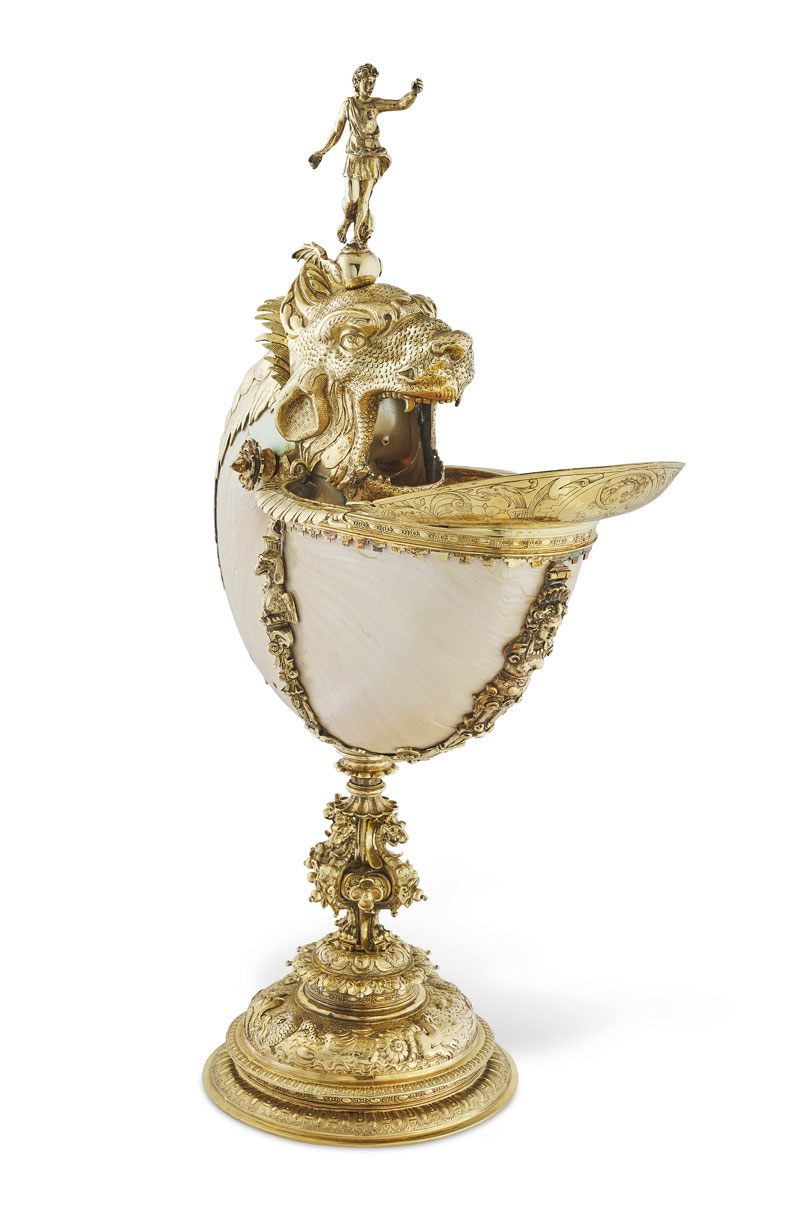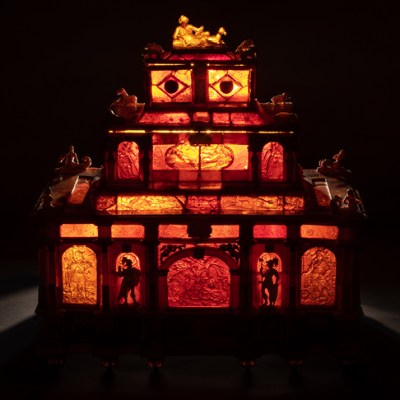While most of the art world is getting over-excited about a flurry of contemporary art fairs (Frieze and Paris +) and the auction houses are once again dusting off their contemporary offerings, New York is marching to a different, perhaps more intriguing, beat. For the first time, Christie’s is holding a sale of works from the collection of James de Rothschild (1809–64) in New York. The auctions will take place on the 11 and 12 October. Christie’s is no stranger to this collection having had previous Rothshchild sales in Paris, but never before has it crossed the Atlantic in this way.
There is something fitting about these works – expected to fetch at least $20m and exemplifying le goût Rothschild – arriving in New York. The combination of vast wealth, grand luxury and seriousness of collecting that was a distinctively Rothschild proposition found its heirs not in the collectors of Europe, but in the greatest American collections. One might call this ‘Pierpoint Morgan taste’.
Among the highlights at Christie’s is A young woman holding a hare with a boy at a window by Gerrit Dou (1613–75; estimate $3m–$5m). As expected from the pupil of Rembrandt, it displays a mastery of technique: most obviously, a neatness of brushstroke. The subject of a woman engaged in an everyday task is also typical of the artist, but the theatrical flourish of the tapestry hints at the games Dou is playing with verisimilitude and artificiality. In the end, what wins the viewer over is the charm of the scene and the gentleness of the woman and boy’s faces. When Christie’s exhibited the work in the summer it was possible to see a very Rothschild embellishment: a tiny speck of gold on the canvas, dating from when a member of the family’s staff was touching up the gold frame.
A young woman holding a hare with a boy at a window (c. 1650s), Gerrit Dou. Christie’s New York, estimate: $3,000,000–5,000,000

Where the collection becomes particularly attractive, to a certain sort of collector, is the Sèvres dinner service that is on offer. This dinner service has a green ground with gilt edges and trailing frames that surround exquisitely painted groups of flowers. The service can be traced back to French politician Henri Léonard Jean-Baptiste Bertin (1720–92) who acquired it on 1 May 1763. During his career, Bertin was administrateur et commisaire du Roi and, as such, he was responsible for the Sèvres manufactory from 1767–1768, allowing him to purchase this magnificent service at a significantly reduced price. Items from the service appear in both the evening and day sales (lot 40 of the evening sale, for instance, comes with an estimate of $100,000–$150,000).
A pair of green-ground oval tureens, covers and stands (c. 1762), Sèvres porcelain manufactory. Christie’s New York, estimate $20,000–30,000

Anyone paying attention to the sale titles will notice that while the evening sale is called, simply, Rothschild Masterpieces, the day sales have been given the name Kunstkammer. It’s a better word than ‘stuff’ and offers a way of grouping disparate objects together; it has an air of inclusivity that a rigid category name might not.
By the time you’ve gone through all the catalogues it is impossible not to covet excess gilt, damask-covered chairs and rolling tapestries – and who can resist the majolica dishes or nefs? In the evening sale, this type of work reaches its apogee in the Dutch silver-gilt mounted nautilus cup that has an estimate of $100,000–$150,000. Made in 1607, it has all the hallmarks of exceptional silver-smithery from Delft. Mounted on a silver stem, with a flaring rim and a monster’s face, the design shows off the shell as much as the silver and is a shining example of why Delft silver became so internationally attractive at the start of the 17th century.
A Dutch silver-gilt mounted nautilus cup (1607), Cornelis Jansz. van der Burch. Christie’s New York, estimate $100,000–$150,000

The poet James Fenton, while examining the collection of another James Rothschild, of Waddesdon, wrote in the New York Review of Books in 2015: ‘My own feeling about the Rothschilds is that they score highest when you can tell that they see the point of being Rothschilds. They see the point, in a way that, let’s say, the Windsors don’t always see the point of being Windsors, or the Marlboroughs Marlboroughs. They like to do things well, but they prefer to do them really really well.’ This characteristic is clearly what’s on offer – and it’s not even the crème de la crème of Rothschild collecting.



